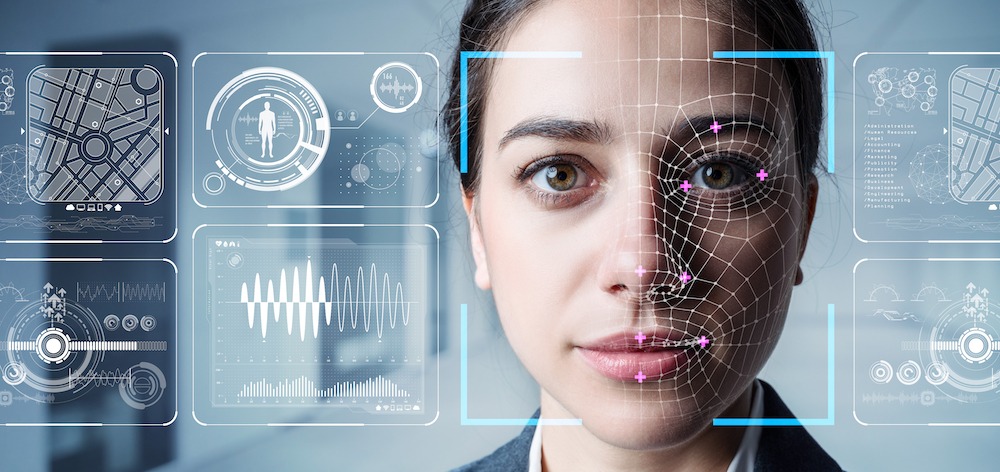To truly understand user experience (UX), researchers must be able to see what users do, not what they say they do. Traditional UX research methods like interviews, surveys, and focus groups capture users’ perceptions of their experiences, while usability testing reveals what those experiences actually look like through behavioral observation.
One of the purposes of usability testing is to learn how users react to a product in order to know how to improve their experience by changing the product’s design, increasing engagement, and maximizing task efficiency. If the product doesn’t elicit a positive experience while meeting the consumers’ needs, the consumer will go elsewhere. Insights gained early on through usability testing has been shown to save money and time and improve the bottom line for many leading B2B and B2C companies, and significantly increase conversion rates and sales for e-commerce websites.
The tried-and-true, traditional usability testing methods have been used for decades and adapted to fit emerging digital contexts. However, as digital product development is ever-expanding, so should be the means by which these products are tested.
Users involved in surveys, interviews, focus groups, and completing tasks aren’t always aware of how they react, able to identify reactions, or even recall their reactions, especially at specific points in time during an experience. A survey might reveal the emotions they felt during an experience, but when did they feel one emotion versus another? Was all of it confusing or only a few parts? When did they seem to most enjoy interacting with the product? What caught their attention first? The longest? What tasks required more mental effort? To answer these questions, research must expand upon the traditional approach of usability testing and capture the non-verbal experiences of the consumer.
Using psychophysiology measures in usability testing captures the subconscious information about consumers’ experiences in real time. These measures are another tool in the tool belt that can be used to supplement, not replace, traditional methods to provide a richer, more robust analysis of the user experience and have a deeper understanding of consumer preferences to know how to optimize a product for its intended audience. For example, if users are navigating a website and spend a long time completing a specific task, psychophysiology data can reveal whether they were confused by the task or if their attention was drawn to something else on the website that they found to be more enjoyable. If only a survey or interview is used to learn about their experience with the website, users may not be able to recall this particular incident and they may make up an explanation to please the researcher.
Again, knowing more about the human experience with your product early on can improve your bottom line in the long run; and decades of technological advances in this area of research makes this analysis easy and affordable. Trackmind can help you decide which psychophysiology measures, if any, should be incorporated during usability testing so that you know the actual behavioral and emotional reactions users had to your product, not just the reactions they say they had.



